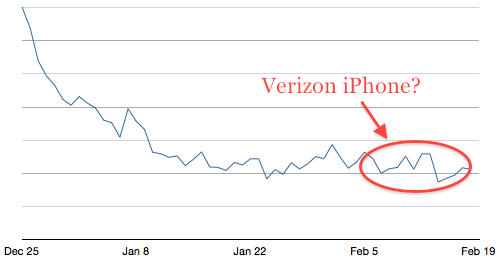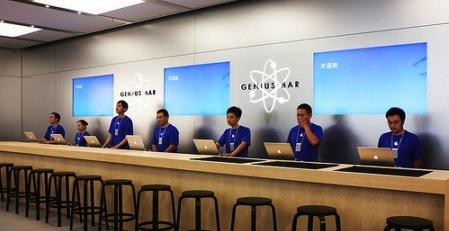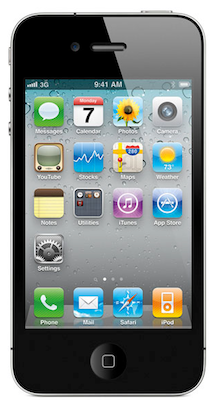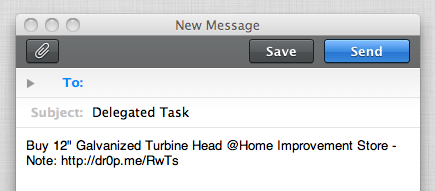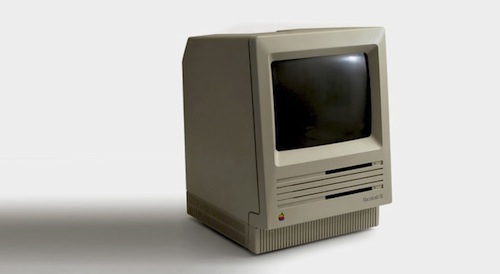Are Existing iPhone Owners Buying The Verizon iPhone?
Marco Arment makes the case for non-record initial Verizon iPhone sales due to the fact that the device is mostly selling to existing iPhone owners coming from AT&T. Why the analysis? Because Instapaper’s numbers in the App Store haven’t gone under the usual increase of a new product release / major update / holiday season:
And my sales haven’t noticed. Ranks have held nearly constant, but so have volumes.
Assuming the correlation is approximately sound, this can be explained by three possibilities:
- Very few Verizon iPhones have been sold. I don’t think this is likely.
- Verizon iPhone owners are buying very few apps relative to other iPhone owners. This also seems unlikely.
- Most Verizon iPhones have been sold to existing iPhone or iPod Touch1 owners, who therefore already own most or all of the apps they want. This seems like the most likely explanation by far.
Assuming the analysis is correct, I guess we’ll see a lot of Verizon iPhone sales when contracts are up in June. Also in June: iPhone 5, quite possibly available on Verizon as well. This summer is going to be interesting for U.S. carriers.


